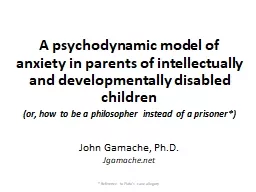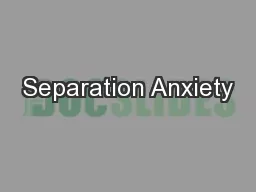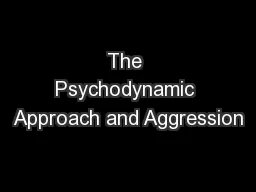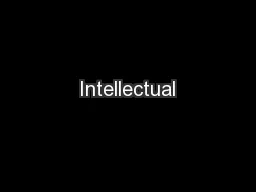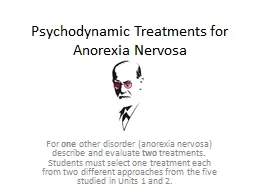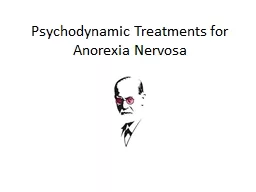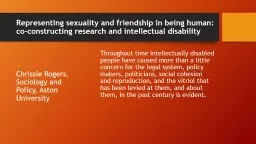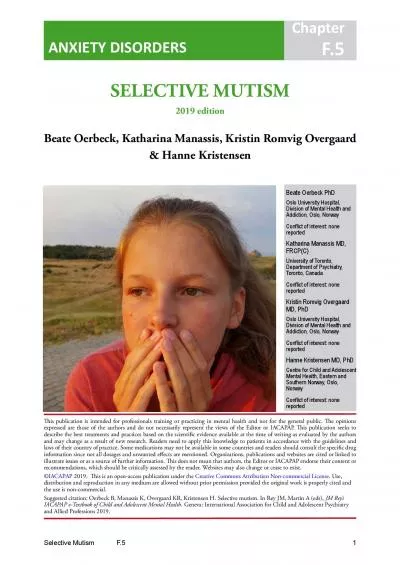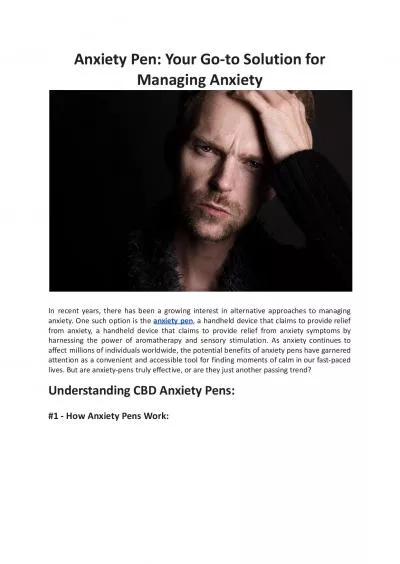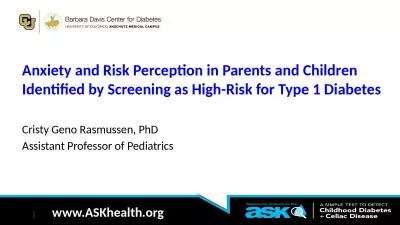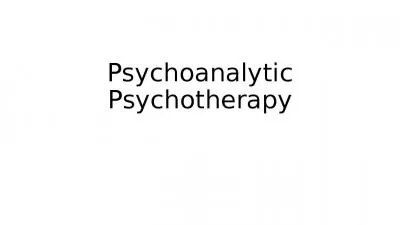PPT-A psychodynamic model of anxiety in parents of intellectually and developmentally disabled
Author : lois-ondreau | Published Date : 2019-12-01
A psychodynamic model of anxiety in parents of intellectually and developmentally disabled children or how to be a philosopher instead of a prisoner John Gamache
Presentation Embed Code
Download Presentation
Download Presentation The PPT/PDF document "A psychodynamic model of anxiety in pare..." is the property of its rightful owner. Permission is granted to download and print the materials on this website for personal, non-commercial use only, and to display it on your personal computer provided you do not modify the materials and that you retain all copyright notices contained in the materials. By downloading content from our website, you accept the terms of this agreement.
A psychodynamic model of anxiety in parents of intellectually and developmentally disabled: Transcript
Download Rules Of Document
"A psychodynamic model of anxiety in parents of intellectually and developmentally disabled"The content belongs to its owner. You may download and print it for personal use, without modification, and keep all copyright notices. By downloading, you agree to these terms.
Related Documents

